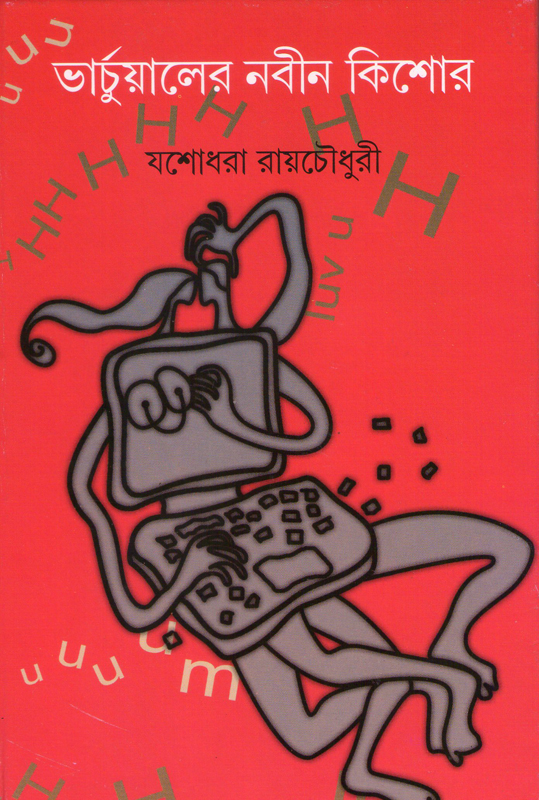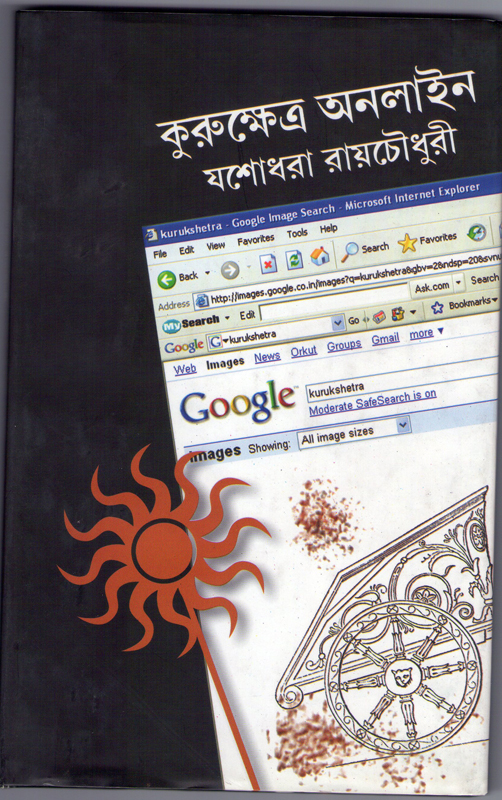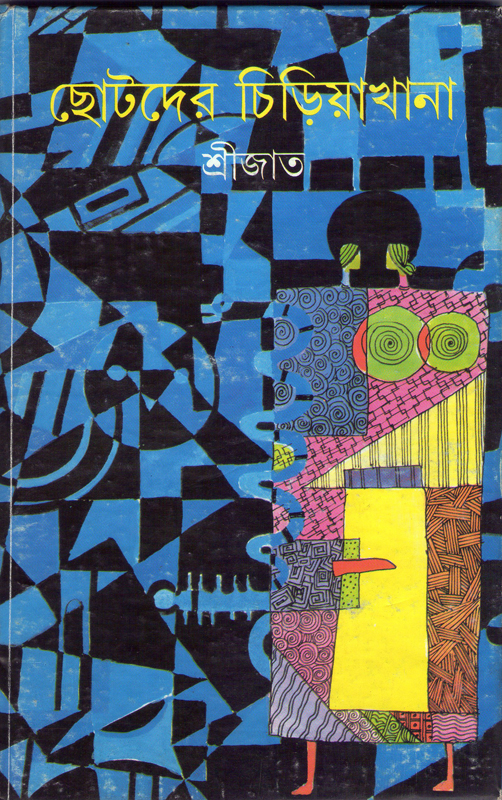Sandipan Chakraborty



Grant Period: Over two years
With a background in Bengali literature, Sandipan Chakraborty is a poet/writer interested in understanding how the emergence of a new urban middle class is constitutive of a new language of poetry. While there is much writing on Bengali poetry in the convention of literary studies, Sandipan’s aim is to work towards a more cultural approach, locating poetry and its evolution within the context of changes in the everyday practices and beliefs (habitus) of the middle class in Bengal. More importantly, his project seeks to address the contemporary moment and its impact on literary production.
Sandipan observes that the habitus of the urban middle class started to change drastically from the early 1990s as a result of globalisation. Not only were new objects with new representational economies being inserted into daily urban life, the city of Kolkata, where most of the poets were based, was undergoing radical transformation. The context of literary production also changed drastically, as many little magazines, which had functioned as non-commercial labours of love, began to develop a sustainable revenue model.
For this project, Sandipan will use his previous research findings and expand its scope to engage with what he describes as the decentralisation of the publishing context of Bengali literature. For instance, the magazine, Desh, published by the Anandabazar Group, used to be the most important platform for Bengali poets for many decades. The magazine’s revised thrust on current affairs as opposed to literature coincided with a sudden efflorescence of little magazines published from metropolitan and non-metropolitan centres. From the mid 1990s, private television channels began to telecast regular programmes focusing on Bengali poetry. The Internet has become a platform for many online magazines that have consistently published Bengali poetry since the aforementioned period. All these factors have resulted in a democratisation of space for literary production.
The factors contributing to the emergence of a new urban middle class have also had a significant impact on the notion of poetic language. The language of advertisements, Sandipan feels, has played a seminal influence on the use of words, syntax, metre, rhythm and form in Bengali poetry. Moreover, increased access, even in the mofussil, to Bollywood cinema and Hindi soaps has led to the use of many Hindi words in Bengali poetry. The use of Hindi, English and Bengali slang in poetry is also a recent development. Sandipan will, therefore, map the large-scale sociological, political, cultural and economic changes onto the domain of Bengali poetry to understand how the very notion of a poetic language has undergone a radical change. Though his focus is primarily on the 1990s, Sandipan will weave back to the urban poetry of the period between the 1950s and the 1980s in an attempt to track the nature of the changes that gradually took place in the 1990s. Methodologically varied, Sandipan’s project will comprise library and archival work; sourcing and putting together an inventoryo all books of poetry published in the chosen period; documentation and interpretation of the content of television programmes on poetry; close readings of books of poems and reviews; and interviews with poets, publishers, little magazine activists, critics and readers. The research is expected to result in a series of essays in Bengali.
